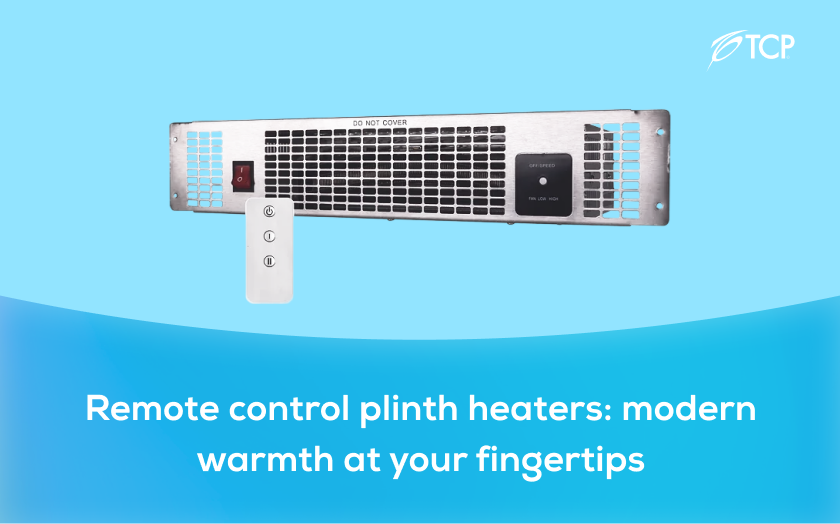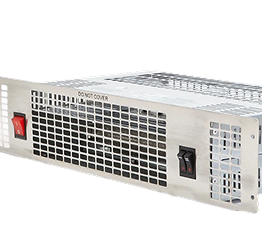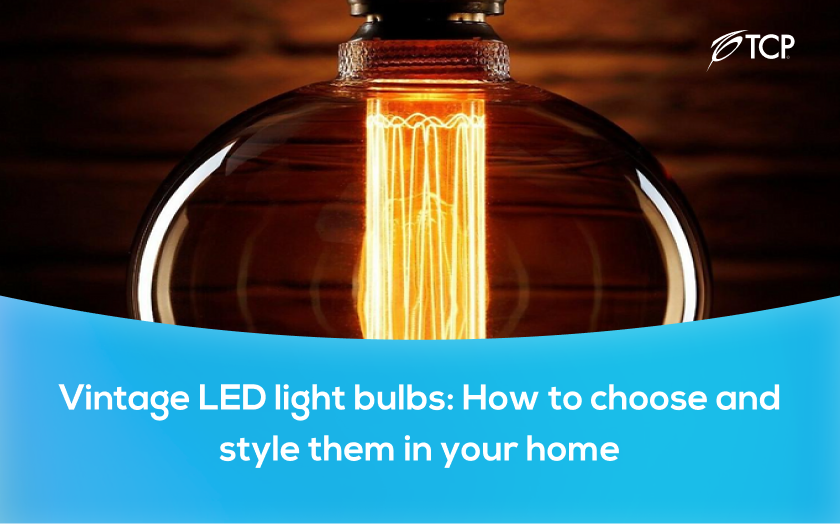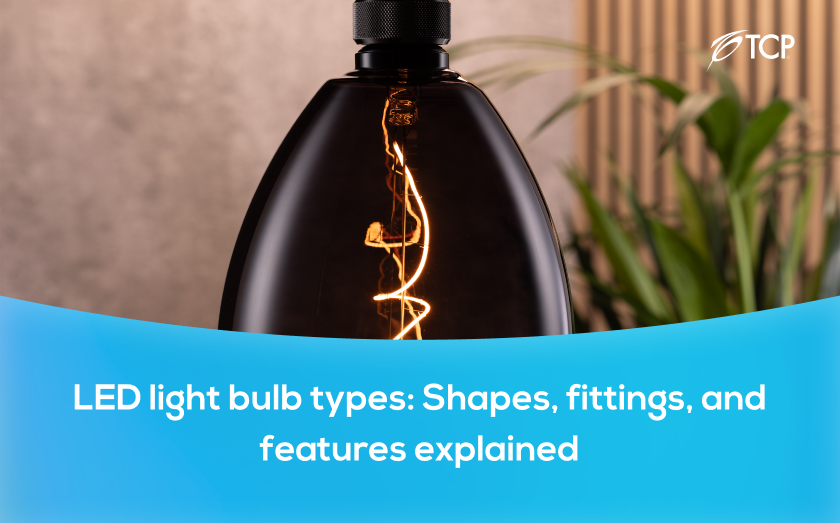
Remote control plinth heaters: modern warmth at your fingertips
When it comes to heating your home, it’s easy to overlook the clever
Save space and stay cosy — with powerful, quiet heating, cool-touch safety, and smart controls, our next-generation plinth heaters bring comfort and efficiency to your kitchen or utility room. Fully LOT 20 compliant to follow the new guidelines.

A plinth heater is a compact heating unit designed to fit into the plinth space beneath kitchen cabinets, offering an efficient way to warm a room without taking up valuable wall space. Available in both hydronic (connected to your central heating system) and electric models, plinth heaters use fans to circulate warm air quickly and evenly at floor level. They are especially popular in kitchens where traditional radiators may be impractical, providing discreet and effective heating while allowing for more flexible kitchen layouts and design choices.
Category
Sort by
Price
Let our experienced service team help you find the best solution and maximise the benefits of the cooperation.
Hydronic heaters are connected to your home’s central heating system, drawing hot water from the boiler to produce heat. Once installed, they operate in tandem with your existing radiators, offering an energy-efficient solution that takes advantage of your boiler’s economy. These units typically feature an internal fan to help distribute warm air evenly across the room. Hydronic plinth heaters are ideal for homeowners looking to maintain low running costs while integrating heating discreetly into their kitchen or utility room design.
Electric plinth heaters run independently of the central heating system and are powered by mains electricity. They are quick and easy to install, requiring only a standard electrical connection, which makes them perfect for retrofits or areas where plumbing access is limited. Electric models usually provide instant heat and can be controlled with a simple switch or thermostat. They’re a versatile choice for modern kitchens, especially in homes with underfloor heating or where the central heating isn’t always switched on.
Dual-fuel plinth heaters combine the benefits of both hydronic and electric systems, offering greater flexibility throughout the year. In winter, they can operate in hydronic mode as part of your central heating, providing cost-effective warmth. In the warmer months, when the boiler might be off, you can switch to electric mode for occasional heat without firing up the whole system. This versatility makes dual-fuel plinth heaters particularly useful in modern homes, extensions, and multi-use spaces where adaptable heating is needed.
One of the biggest advantages of plinth heaters is their ability to free up wall space. Fitted discreetly beneath kitchen cabinets or units, they eliminate the need for bulky radiators, allowing more room for cupboards, worktops, or dining areas. This makes them ideal for small kitchens, open-plan spaces, and modern minimalist designs.
Plinth heaters deliver heat exactly where it’s needed—at floor level. Many models include built-in fans that circulate warm air quickly and evenly throughout the room, meaning kitchens warm up in minutes. This efficient heat distribution ensures a comfortable environment for cooking, dining, or entertaining.
Designed to blend seamlessly with kitchen units, plinth heaters are available in a range of colours and finishes, including stainless steel, white, black, and custom colours. They integrate neatly into the plinth area, providing a clean, streamlined look that complements both contemporary and traditional interiors.
Whether you’re renovating your kitchen or building an extension, plinth heaters are relatively simple to install. Electric models require just an electrical connection, while hydronic versions can be plumbed into the central heating system during kitchen refits. Many units can also be retrofitted into existing kitchens with minimal disruption.
With hydronic, electric, and dual-fuel models available, plinth heaters suit a wide range of homes and heating needs. Dual-fuel options provide year-round flexibility, allowing you to use electric heating in summer when the boiler is off, or central heating in winter for cost-effective warmth.
By heating the room quickly and only when needed, plinth heaters can help reduce energy waste. They are particularly useful for homes where the kitchen is used at different times to the rest of the house, as they allow you to heat the space independently, rather than running the whole central heating system unnecessarily.
Before purchasing a plinth heater, it’s important to consider the heating capacity of the unit—usually measured in watts (W) or British Thermal Units (BTUs). This figure tells you how much heat the heater will provide, and it should be matched to the size of your kitchen. An undersized heater will struggle to warm the space effectively, while an oversized one may be unnecessarily costly. Factors such as room size, insulation, window area, and ceiling height can all affect the required output. If in doubt, consult with your installer or supplier, who can calculate the correct capacity for your kitchen.
Most plinth heaters feature an integrated fan to help circulate warm air. While this ensures rapid and even heating, it can introduce some level of noise. If you have an open-plan kitchen, or if you value a quiet environment, it’s well worth checking the noise rating (usually given in decibels, dB) before buying. Premium models are designed with quieter, more efficient fans that won’t disturb your cooking, dining, or entertaining. Reading customer reviews can also provide real-world insight into a particular model’s noise performance.
Today’s plinth heaters come with a variety of controls and features that can enhance convenience and comfort. Basic units may have simple on/off switches, while more advanced models offer thermostatic controls for maintaining a consistent room temperature. Some units include variable fan speeds, remote controls, timers, or even programmable settings, allowing you to customise your heating to suit your daily routine. If ease of use and precision control are important to you, it’s worth investing in a feature-rich model.
Running costs vary depending on the type of plinth heater you choose. Electric plinth heaters are typically more expensive to run than hydronic models, especially if used frequently or for long periods. However, they offer great flexibility and are ideal for installations where connecting to the central heating system isn’t practical. Hydronic heaters are generally more economical to operate, as they use the home’s existing boiler system. Dual-fuel models provide the best of both worlds, but it’s worth considering your heating habits and energy tariffs to determine which option will be most cost-effective for your home.

When it comes to heating your home, it’s easy to overlook the clever

The right lighting can transform a garage from a dark, underused storage space into a bright, functional part of your

Lighting can transform the look and feel of a room — and few options do it with as much character

LED light bulbs have transformed the way we light our homes, offering long-lasting performance, low energy consumption, and a huge

All rights reserved 2025